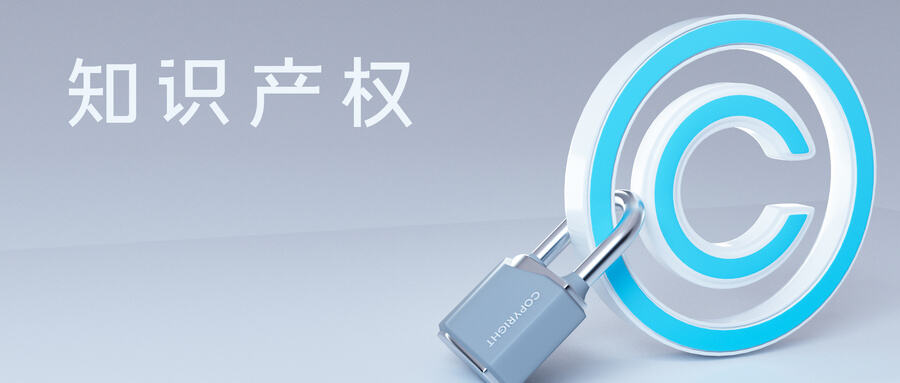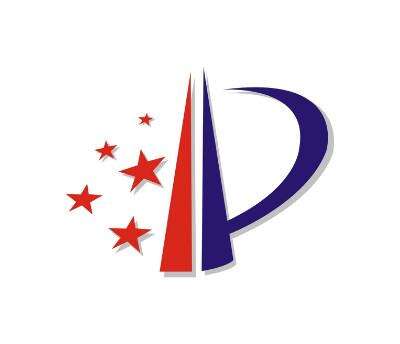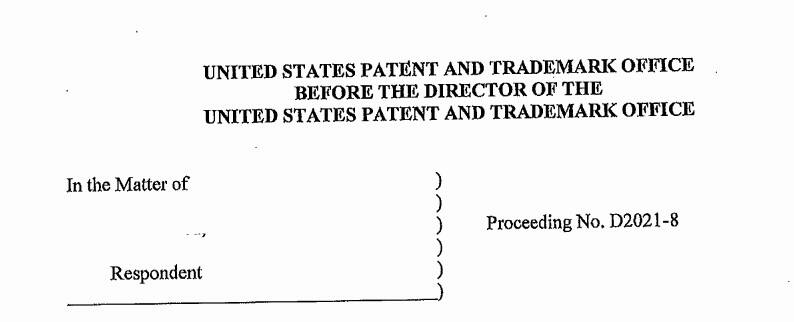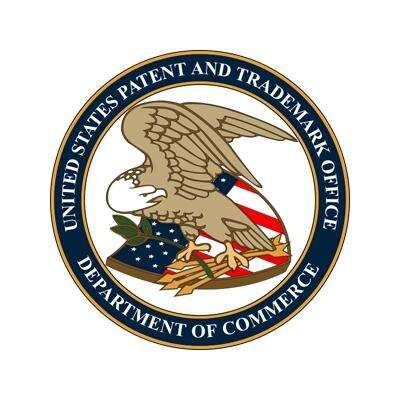美国假冒责任法案获众议院通过:Amazon、eBay将承担更多责任
![]() 近日,美国众议院司法委员会通过了一项立法,即《筛查电商假冒产品,阻止平台供应有害商品法》(SHOPSAFEACT)。根据该法,Amazon和eBay等电子商务公司应为通过其网站销售假冒商品的行为承担责任。
近日,美国众议院司法委员会通过了一项立法,即《筛查电商假冒产品,阻止平台供应有害商品法》(SHOPSAFEACT)。根据该法,Amazon和eBay等电子商务公司应为通过其网站销售假冒商品的行为承担责任。
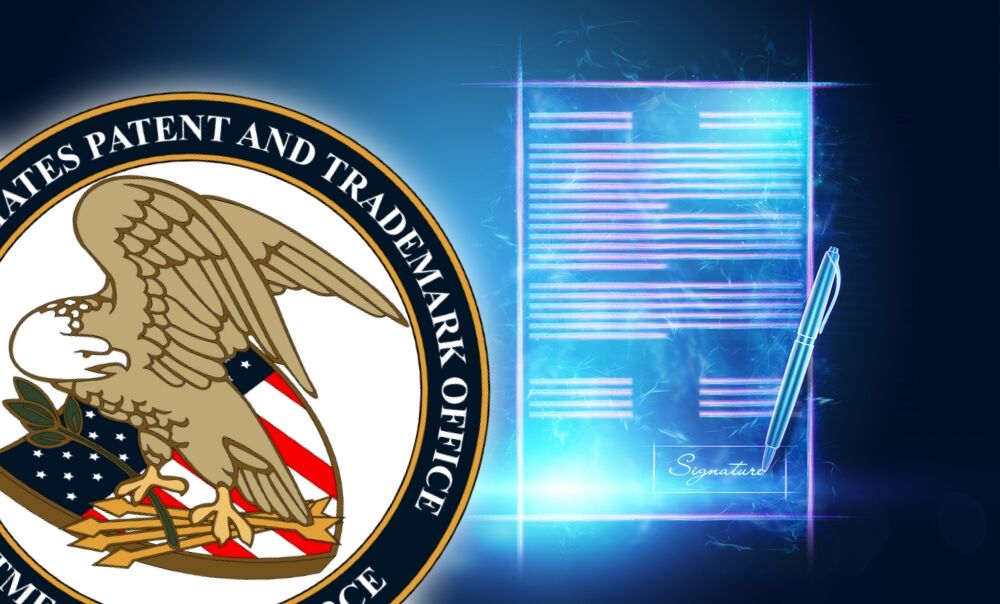
当第三方销售对消费者的健康或安全构成威胁的假冒商品时,SHOP SAFE ACT会要求线上销售平台承担商标侵权责任。
根据现有提案,线上销售平台必须采取必要的措施,阻止第三方售假者继续销售假冒产品。否则的话,其平台要承担辅助侵权责任。
这些必要措施包括验证第三方卖家的身份,要求他们确保可以证实或保证其商品的真实性。
作为法案的主要发起人,众议院司法委员会主席Jerry Nadler表示:“不管是线上购物还是线下购物,都应确保消费者所购买的就是其所看到的。”
由于有越来越多的美国人开始在网上购物,假冒者也转战到网上。SHOP SAFE ACT要求市场平台发挥出更大的作用,阻止卖家向消费者销售假冒产品,为美国家庭提供更安全的购物环境。
事实证明,美内部对该法案存在分歧。有人认为存在解读过于宽泛的风险,导致消费者无法通过众多平台转售自己的商品,这不仅包括Amazon和eBay之类的平台,还包括Shpock和Vinted等众多基于应用程序的平台。
圣塔克拉拉大学法学教授Eric Goldman等批评人士指出,拟议做法实际上会加强亚马逊和易趣在市场上的主导地位,牺牲的却是无法满足新要求的较小规模的市场主体的利益,这会导致选择减少,采购成本增加。
eBay在声明中表示:“现在不是对正在从疫情中实现经济复苏的小企业施加有害监管负担的时候。”
然而,美国服装鞋类协会(AAFA)等组织坚持认为,立法应保护消费者免遭在线假冒商品的危害,但其也承认法案中的部分机制需要改进。AAFA品牌保护和制造计划负责人Christina Mitropoulos表示:“在一些最值得信赖的在线市场上,假冒商品泛滥会损害美国企业的利益,让美国消费者处于危险之中。”
她补充道 :“我们很高兴看到国会通过这项两党法案优先保护美国的知识产权,并期待与众议院司法委员会成员合作,在投票前改进法案的措辞。”
To amend the Trademark Act of 1946 to provide for contributory liability for certain electronic commerce plat-forms for use of a counterfeit mark by a third party on such platforms, and for other purposes.
Be it enacted by the Senate and House of Representatives of the United States of America in Congress assembled,
SECTION 1. SHORT TITLE.
This Act may be cited as the ‘‘Stopping Harmful Offers on Platforms by Screening Against Fakes in E-commerce Act of 2021’’ or the ‘‘SHOP SAFE Act of 2021’’.
SEC. 2. CONTRIBUTORY LIABILITY FOR ELECTRONIC COMMERCE PLATFORMS.
(a) PLATFORM LIABILITY.—Section 32 of the Act entitled ‘‘An Act to provide for the registration and protection of trademarks used in commerce, to carry out the provisions of certain international conventions, and for other purposes’’, approved July 5, 1946 (commonly known as the ‘‘Trademark Act of 1946’’) (15 U.S.C. 1114), is amended by inserting at the end the following:
‘‘(4)(A) Subject to subparagraph (C), an electronic commerce platform shall be deemed contributorily liable in a civil action by the registrant for the remedies hereinafter provided for a case in which without the consent of the registrant, a third-party seller uses in commerce a counterfeit mark in connection with the sale, offering for sale, distribution, or advertising of goods that implicate health and safety on the platform, unless the platform demonstrates that the platform took each of the following steps to prevent such use on the platform before any infringing act by the third-party seller:
‘‘(i) Determined after a reasonable investigation, and reasonably periodically confirmed—
‘‘(I) that the third-party seller designated a registered agent in the United States for service of process; or
‘‘(II) in the case of third-party seller located in the United States, and if the seller has not designated a registered agent under subclause (I), that the third-party seller has designated a verified address for service of process in the United States.
‘‘(ii) Verified through governmental identification or other reliable documentation the identity, principal place of business, and contact information of the third-party seller.
‘‘(iii) Required the third-party seller to—
‘‘(I) take reasonable steps to verify the authenticity of goods on or in connection with which a registered mark is used; and
‘‘(II) attest to the platform that the third-party seller has taken reasonable steps to verify the authenticity of the goods under subclause (I).
‘‘(iv) Imposed on the third-party seller as a condition of participating on the platform contractual requirements that—
‘‘(I) the third-party seller agrees not to use a counterfeit mark in connection with the sale, offering for sale, distribution, or advertising of goods on the platform;
‘‘(II) the third-party seller consents to the jurisdiction of United States courts with respect to claims related to the third-party seller’s participation on the platform; and
‘‘(III) the third-party seller designates an agent for service of process in the United States, or, in the case of third- party seller located in the United States, the third-party seller designates a verified address for service of process in the United States.
‘‘(v) Displayed conspicuously on the platform the verified principal place of business, contact information, and identity of the third-party seller, and the country from which the goods will be shipped, except the platform shall not be required to display any such information that constitutes the personal identity of an individual, a home street address, or personal contact information of an individual, and in such cases shall instead provide alternative, verified means of contacting the third-party seller.
‘‘(vi) Displayed conspicuously in each listing the country of origin and manufacture of the goods, unless such information was not reasonably available to the third-party seller and the third-party seller had identified to the platform the steps it undertook to identify the country of origin and manufacture of the goods and the reasons it was unable to identify the same.
‘‘(vii) Required each third-party seller to use images that the seller owns or has permission to use and that accurately depict the actual goods offered for sale on the platform.
‘‘(viii) Implemented at no cost to the registrant reasonable proactive technological measures for screening goods before displaying the goods to the public to prevent any third-party seller’s use of a counterfeit mark in connection with the sale, offering for sale, distribution, or advertising of goods on the platform.
‘‘(ix) Implemented at no cost to the registrant a program to expeditiously disable or remove from the platform any listing for which a platform has reasonable awareness of use of a counterfeit mark in connection with the sale, offering for sale, distribution, or advertising of goods. Reasonable awareness of use of a counterfeit mark may be inferred based on information regarding the use of a counterfeit mark on the platform generally, general information about the third-party seller, identifying characteristics of a particular listing, or other circumstances as appropriate. A platform may reinstate a listing disabled or removed under this clause if, after an investigation, the platform reasonably determines that a counterfeit mark was not used in the listing. A reasonable decision to reinstate a listing shall not be a basis for finding that a platform failed to comply with this clause.
‘‘(x) Implemented a policy that requires termination of a third-party seller that has reasonably been determined to have engaged in repeated use of a counterfeit mark in connection with the sale, offering for sale, distribution, or advertising of goods on the platform. Use of a counterfeit mark by a third-party seller in three separate listings within one year shall be considered repeated use, except when reasonable mitigating circumstances exist. A platform may reinstate a third-party seller if, after an investigation, the platform reasonably determines that the third-party seller did not engage in repeated use of a counterfeit mark or that reasonable mitigating circumstances existed. A reasonable decision to reinstate a third-party seller shall not be a basis for finding that a platform failed to comply with this clause.
‘‘(xi) Implemented at no cost to the registrant reasonable technological measures for screening third-party sellers to ensure that sellers who have been terminated do not rejoin or remain on the platform under a different seller identity or alias.
‘‘(xii) Provided a verified basis to contact a third-party seller upon request by a registrant that has a bona fide belief that the seller has used a counterfeit mark in connection with the sale, offering for sale, distribution, or advertising of goods on the platform except that the platform is not required to provide information that constitutes the personal identity of an individual, a home street address, or personal contact information of an individual (in such case, the provider shall provide an alternative means of contacting the third-party seller).
‘‘(B) In this paragraph:
‘‘(i) The term ‘counterfeit mark’ has the meaning given that term in section 34(d)(1)(B).
‘‘(ii) The term ‘electronic commerce platform’ means any electronically accessed platform that includes publicly interactive features that allow for arranging the sale, purchase, payment, or shipping of goods, or that enables a person other than an operator of such platform to sell or offer to sell physical goods to consumers located in the United States.
‘‘(iii) The term ‘goods that implicate health and safety’ means goods the use of which can lead to illness, disease, injury, serious adverse event, allergic reaction, or death if produced without compliance with all applicable Federal, State, and local health and safety regulations and industry-designated testing, safety, quality, certification, manufacturing, packaging, and labeling standards.
‘‘(iv) The term ‘third-party seller’ means a person other than the electronic commerce platform who uses the platform to arrange for the sale, purchase, payment, or shipping of goods.
‘‘(C) This paragraph shall apply—
‘‘(i) to an electronic commerce platform that has annual sales on the platform of $500,000 or more; or
‘‘(ii) to an electronic commerce platform with less than $500,000 in annual sales six months after the platform has received ten notices (in which there is a reference to this paragraph and an explicit notification to the platform of the ten-notice limit), in aggregate, identifying listings on the platform that reasonably could be determined to have used a counterfeit mark in connection with the sale, offering for sale, distribution, or advertising of goods that implicate health or safety.
‘‘(D) Nothing in this paragraph may be construed to limit liability in a context other than that outlined in this paragraph, including any cause of action available under other provisions of this Act, notwithstanding that the same facts may give rise to a claim under this paragraph.’’.
(b) EFFECTIVE DATE.—This Act and the amendment made by this Act shall take effect one year after the date of the enactment of this Act.


















